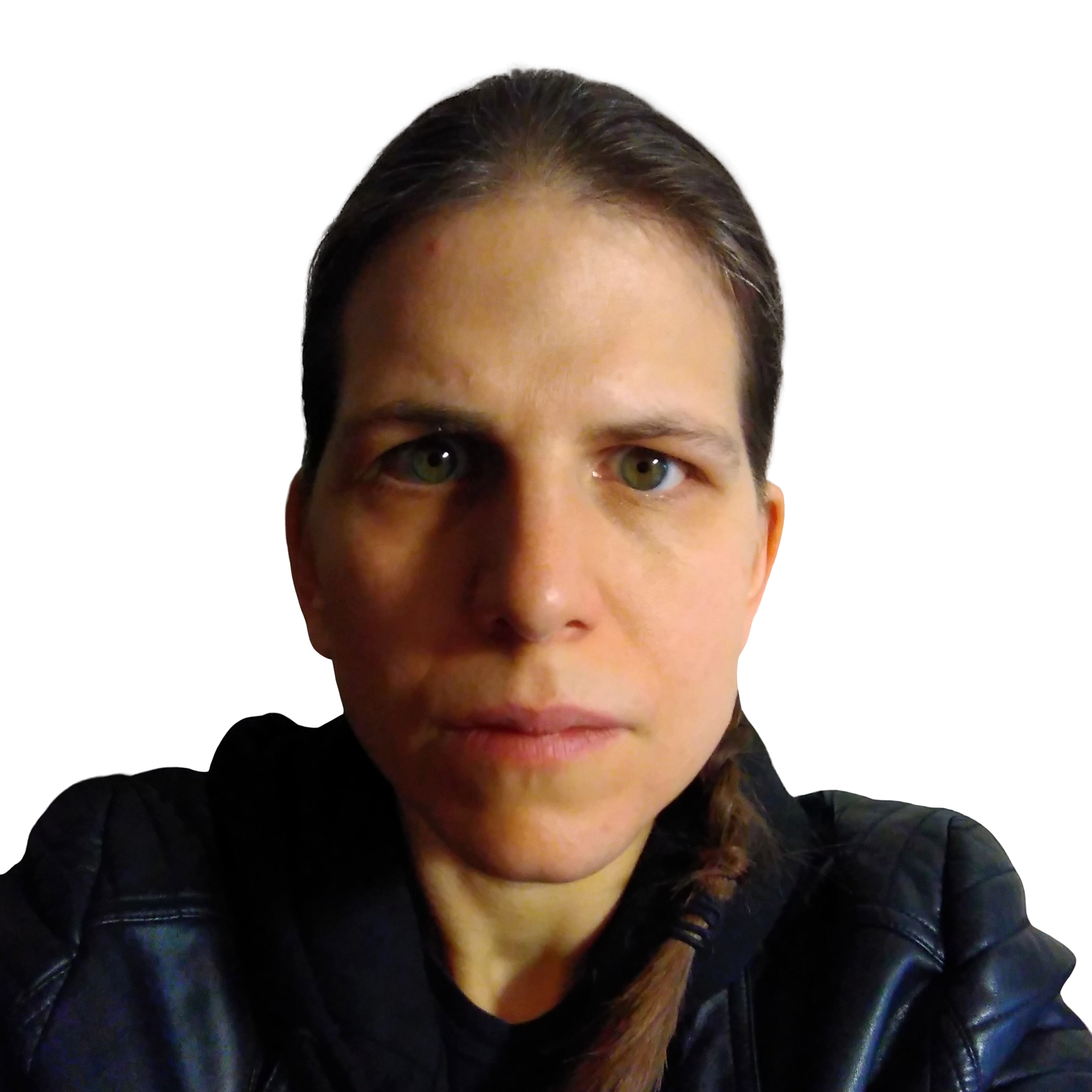Apple Mac Mini 2.5GHz Mid 2011
Apple kills off the optical drive in its latest version of the Mac Mini, its smallest and cheapest desktop computer, but there's more to this compact little desktop than meets the eye as Kat Orphanides discovers.
The lack of an optical drive, very limited upgradeability and the comparatively small base 500GB hard disk won't be ideal for some users. However, these are common traits of Apple's systems; but if your business requires the efficiency of a system where the OS is designed to work with exactly the hardware it runs on, it's easy to make a few compromises. Mac OS X continues to be the default choice for serious design, illustration and layout software largely because of the predictability and stability of both hardware and OS. This latest version of the Mini continues to develop those strengths, with the added benefit of a major performance boost. As ever, you pay a premium for Apple products, but this entry-level option is ideal if you need Mac stability without the painfully high costs associated with iMac models.

The Mini's compact size makes it an ideal candidate for mounting tidily on the back of a display, but Apple hasn't produced a dedicated VESA mount for the computer. Fortunately, a number of third-party options are available, so you'll be able to neatly connect the computer to display with a compatible mounting system. If you want to do this with one of Apple's Thunderbolt displays, however, you'll have to spend an extra 35 on a VESA adaptor kit for the display itself, as well as a mounting bracket for the Mini.

All of the ports, including the SDXC memory card reader, are located on the Mac Mini's rear which may make them inconvenient to reach.
The Mac Mini has four USB2 ports, a FireWire 800 port and a memory card slot capable of handling SDXC cards, which have a theoretical maximum capacity of 2TB, although the largest you'll find on the market right now is 128GB. There's also a Gigabit Ethernet port, as well as dual-band 802.11n Wi-Fi. Audio ports include just one 3.5mm headphone output and a similar mic input - audio can also be output along with video via HDMI. There's little room for more on the Mini's compact chassis, but the available ports adequately cover the basics.
When you first boot the Mini, you're guided through its basic configuration, including setting up an internet connection and either creating or signing into an Apple account. A single account can be associated with multiple Macs, so systems can be set up without your users' involvement.
Our full review of the MacOS X Lion is coming soon, but a few of its new features have already become firm favourites. Applications updated for the new operating system can be run in full screen mode which helps when you want to concentrate on a single task. You view all your applications and virtual desktops in miniature form using the new Mission Control interface. There's also a new versioning system, simply called Versions, which lets you browse through previous versions of a document so you don't have to worry if you accidentally delete a crucial part of a key presentation.
Sign up today and you will receive a free copy of our Future Focus 2025 report - the leading guidance on AI, cybersecurity and other IT challenges as per 700+ senior executives
K.G. is a journalist, technical writer, developer and software preservationist. Alongside the accumulated experience of over 20 years spent working with Linux and other free/libre/open source software, their areas of special interest include IT security, anti-malware and antivirus, VPNs, identity and password management, SaaS infrastructure and its alternatives.
You can get in touch with K.G. via email at reviews@kgorphanides.com.
-
 ‘1 engineer, 1 month, 1 million lines of code’: Microsoft wants to replace C and C++ code with Rust by 2030 – but a senior engineer insists the company has no plans on using AI to rewrite Windows source code
‘1 engineer, 1 month, 1 million lines of code’: Microsoft wants to replace C and C++ code with Rust by 2030 – but a senior engineer insists the company has no plans on using AI to rewrite Windows source codeNews Windows won’t be rewritten in Rust using AI, according to a senior Microsoft engineer, but the company still has bold plans for embracing the popular programming language
By Ross Kelly Published
-
 Google drops $4.75bn on data center and energy firm Intersect
Google drops $4.75bn on data center and energy firm IntersectNews The investment marks the latest move from Google to boost its infrastructure sustainability credentials
By Nicole Kobie Published
-
 OpenAI says prompt injection attacks are a serious threat for AI browsers – and it’s a problem that’s ‘unlikely to ever be fully solved'
OpenAI says prompt injection attacks are a serious threat for AI browsers – and it’s a problem that’s ‘unlikely to ever be fully solved'News OpenAI details efforts to protect ChatGPT Atlas against prompt injection attacks
By Nicole Kobie Published
